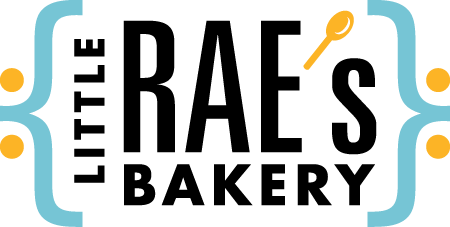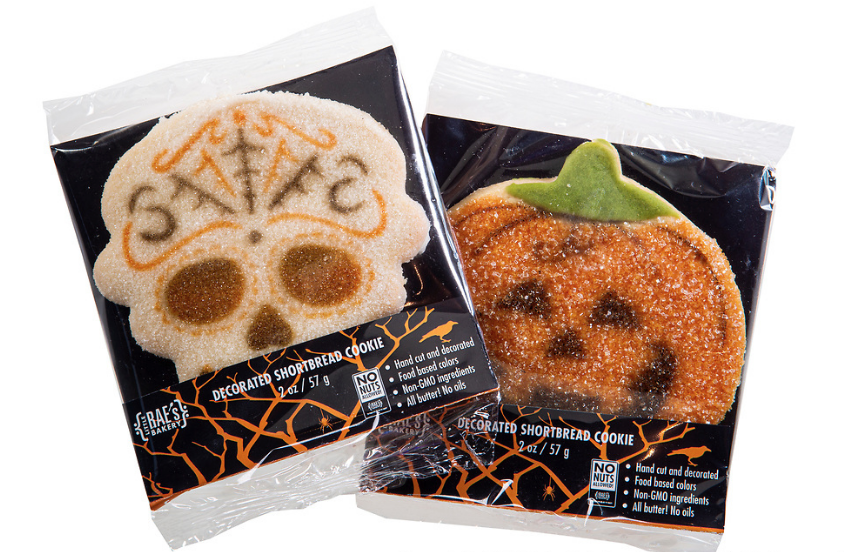Goblins, ghouls, and vampires—oh my! Of all the spooky things Halloween brings, the last thing any child should be afraid of is having an allergic reaction. That’s why we’ve provided a few label reading “tricks,” so you know which treats are safe to eat.
Trick #1: Candy labeled “allergy free,” “allergy safe,” or “classroom safe” may still contain allergens
“Some companies may use marketing terms like these, but you still need to read the full ingredients label,” Kids with Food Allergies warns. “There are eight foods that are currently considered major allergens by the FDA, but over 180 have triggered allergic responses. “
Trick #2: Individually wrapped treats may have a different label than the larger bag they are packaged in
Assorted packs are great, but as an added safety precaution, always make sure to read the product label on the individually wrapped treats.
Trick #3: The same candy may have different ingredients depending on size
Mini or “fun size” candy may have different ingredients or be manufactured on different equipment than their regular sized counterparts.
Trick #4: Different flavors of the same candy may mean different ingredients
As an example, Tic Tacs® do not normally contain milk. However, their seasonal Candy Cane flavor does.
Trick #5: Different packaging of the same candy may mean different ingredients
Notice that one of your go-to candies suddenly has a new package design? Read the label again, for it may mean it was manufactured in a different facility that processes allergens.
Still having a hard time finding goodies that are safe for your child to eat? Look for homes with a teal pumpkin. A teal pumpkin means that the homeowner has non-food treats available, such as small toys, for kids with food allergies or other conditions. Click here to view a map of homes in your area that offer non-food treats.

